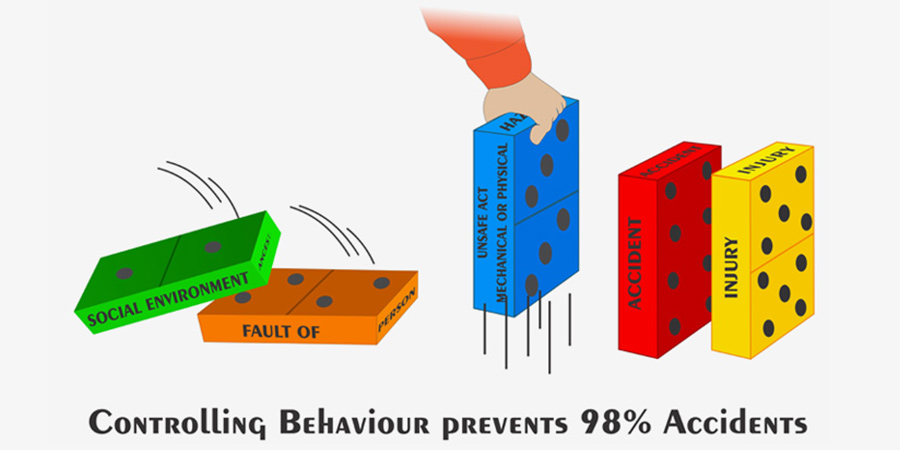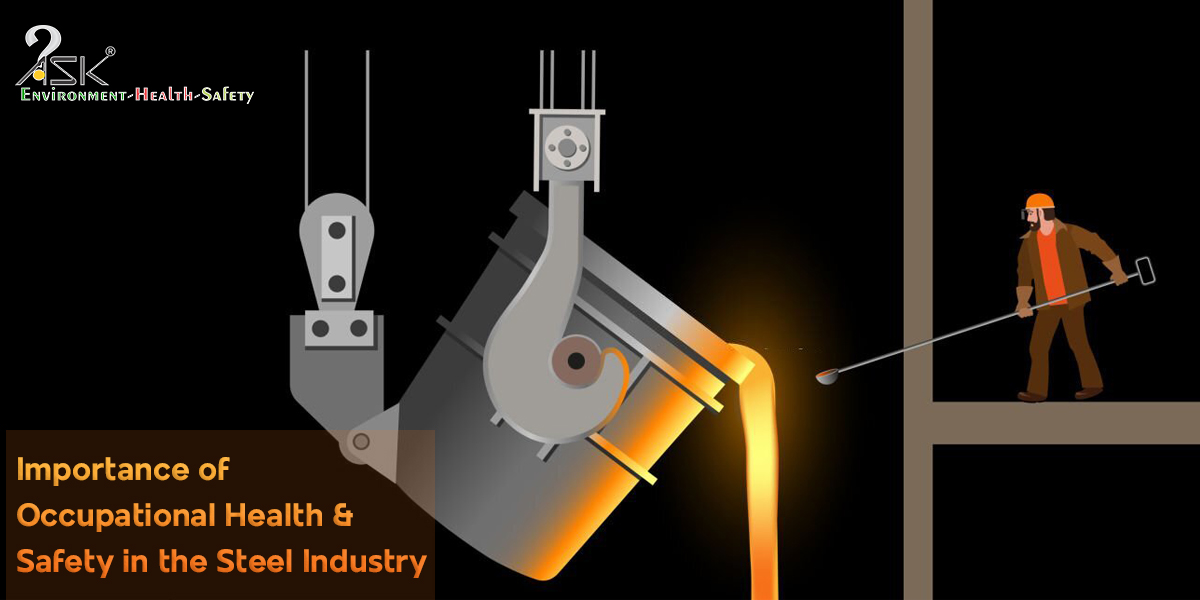Reasons to Influence for Behavior Based Safety

Behavior Based Safety is designed to encourage people’s actions toward safer outcomes, ideally by preventing an accident or injury before it occurs. Implementing a behavior based safety program is the most comprehensive way for organizations to promote safety, eliminate hazards and prevent injuries.
Behaviour based safety (BBS):-
- Focuses on the human side of safety
- Defines safe and unsafe behaviors
- Encourages safe behavior and discourages unsafe or destructive behaviors
- Involves employees in safety
BBS and Beyond
We all know the basic concepts of BBS – pointing out to employees, how they contribute to a safe work environment by educating them when they are performing safe or unsafe acts – This can be an essential part of a larger safety system that contributes positively to the health& safety culture.
Safety is influenced directly by our decisions. Let’s explore the idea a little further. Safety is based on a series of decisions made by workers each day, decisions influenced by individual behaviors of the workers at the workplace. Therefore, we can suggest that behaviour based safety is a way of ensuring granular improvements that can magnify as we start including more and more workers. Thereby increasing safety performance and quotient through promoting safe behavior at all levels in the work place..
There are three factors that influence personal safety choices:
- The ability to recognize hazards and evaluate risk,
- The motivation to be safe
- Ability to focus while performing the current task safely.
If implemented correctly, a behavior based safety program can provide positive rewards to change unsafe behavior, reduce job-related injuries, minimize lost production hours, and improve workplace morale—essential ingredients for creating a strong safety culture. Behavior based safety matters because almost 80% of all accidents occur due to the decisions we make and how we act—our behavior. Safety can also be defined as the control of recognized hazards to achieve an acceptable level of risk. Unsafe acts, rather than unsafe conditions are the root cause of most incidents.
Accidents and injuries have a human cost, so it is advantageous for employees to practice safe behaviors in the workplace. It is the human impact—personal injury, loss of livelihood, the well-being of others—which is the cause for concern about behavioral choices in the workplace.
But unsafe behavior also affects financial bottom line of businesses. Whether it is a minor cut requiring stitches or a broken back, if the injury happens at work, employers are impacted. Poor safety performance makes it tougher for businesses to remain competitive in the marketplace. Businesses are impacted in additional ways when their workers become injured or ill. Lost productivity is the most commonly cited indirect cost of systemic safety failure.
Striving to make the workplace safer by eliminating hazards and preventing injuries requires a partnership between the company and its employees. For a company, its safety culture has the greatest impact on this partnership. Companies with the best safety records have a strong safety culture. For employees, motivation has the greatest influence on the worker-employer safety partnership. To succeed, the employee must feel that the employer really cares about their well-being, and the employer must feel that the worker is committed to the company’s safety expectations.
Training prepares you to identify unsafe behaviors and actions, and then make good decisions to work safely. The challenge is to deliver training that is memorable and relevant. The training that “sticks” will keep you safe.



Thanks for sharing.
https://www.thesafetymaster.com/
Good site you have got here.. It’s difficult to find high-quality writing like yours these days.
I honestly appreciate people like you! Take care!! – Calator prin Romania.